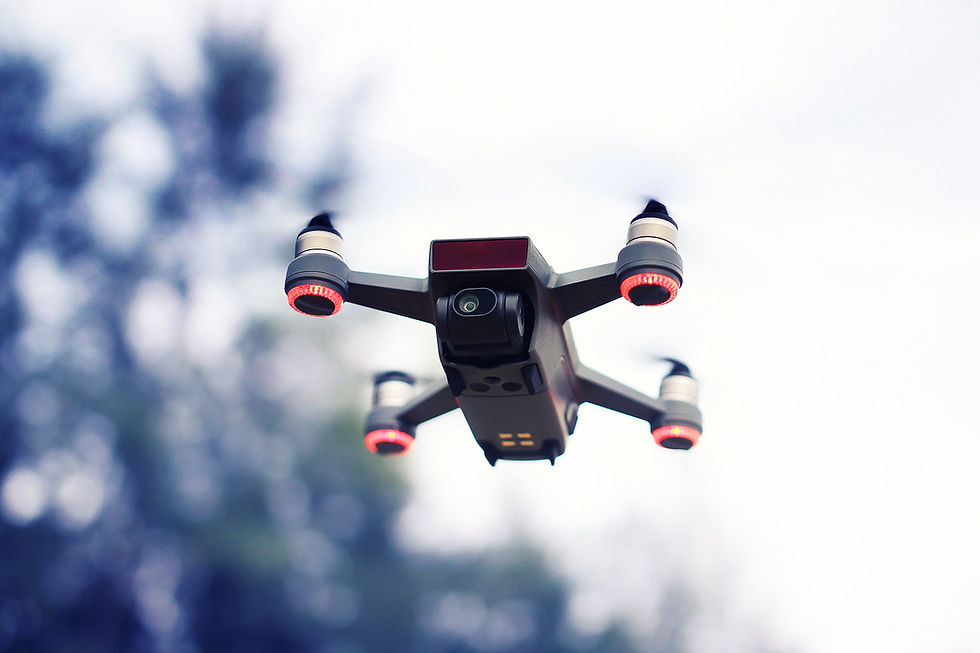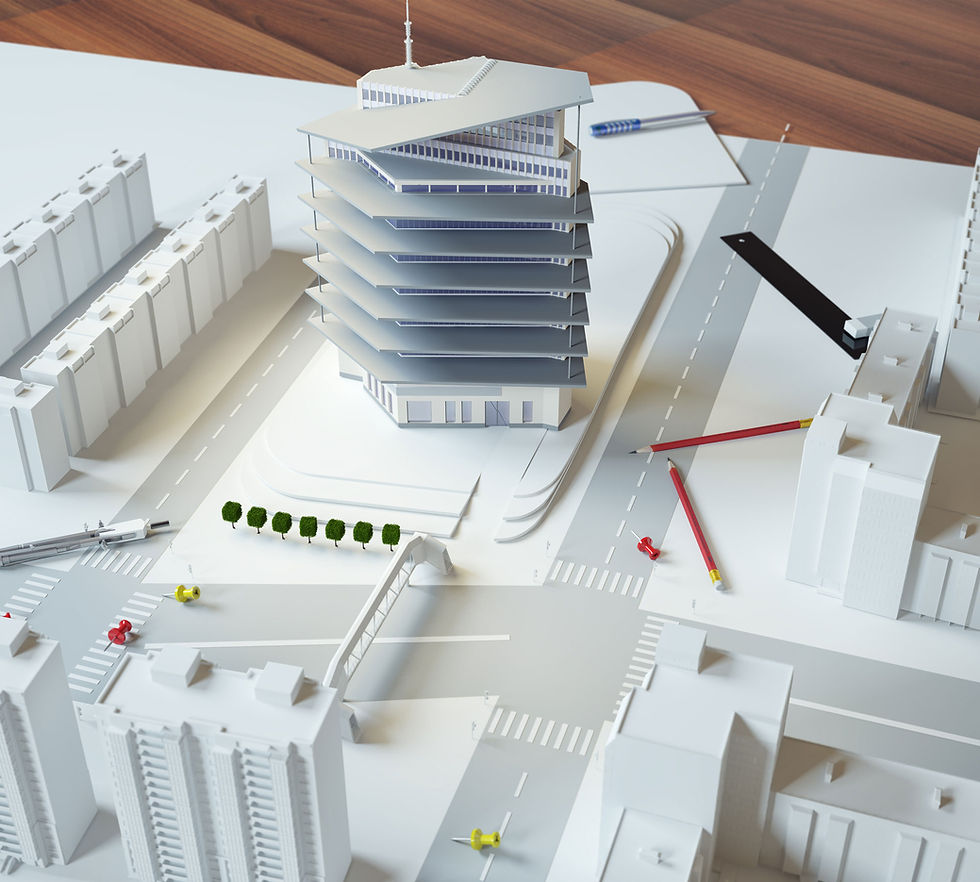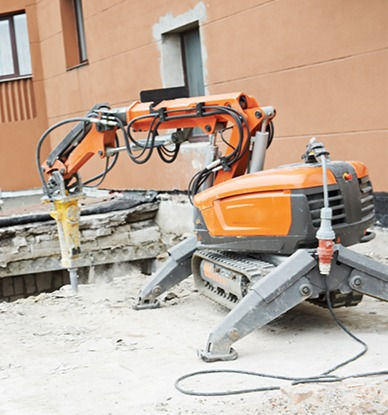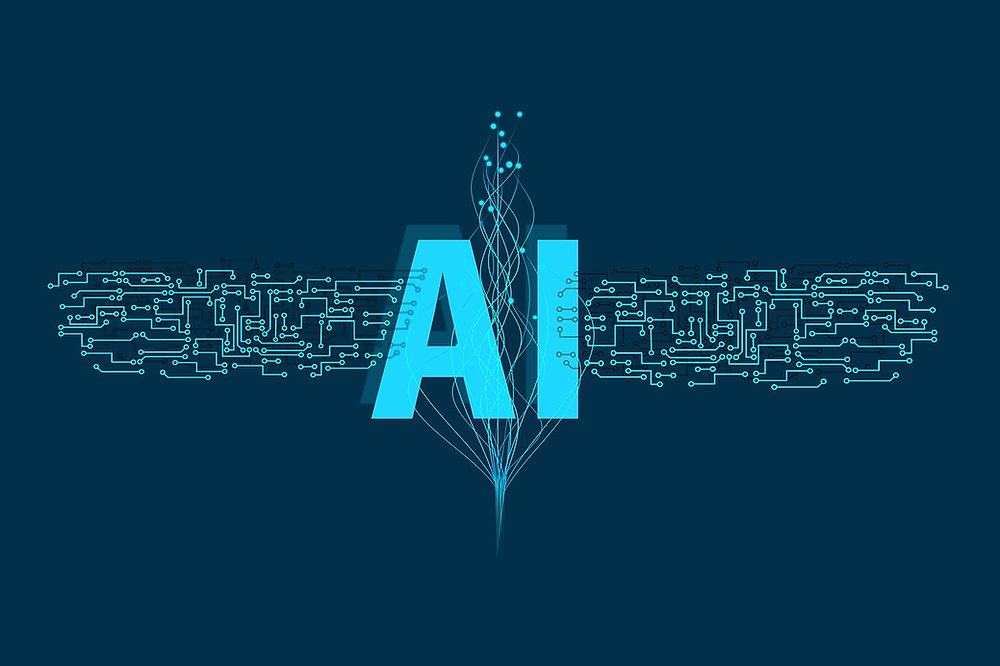1. Safety

Active construction sites can be dangerous places for workers, so why not take every measure possible to prevent worksite injuries?
While drones are already being used to monitor worksite progress, Skycatch is developing drones with AI “brains” that can identify every object on a worksite and determine if there are any potential safety risks that may not have been noticed on the ground.

INDUS.AI also offers a similar security AI system that can alert you of workers not maintaining proper physical distancing, workers not working sufficient PPE, and even alert you of people entering into exclusion zones on the worksite.
The best part? AI surveillance is available 24/7, so your worksite is always under careful watch.
2. Generative Design

By harnessing the power of Machine Learning (a form of AI discussed in our post here), a firm can create detailed models that minimize clashes between design goals in a project by using generative design software. Multiple parameters can be controlled when generating designs, such as designing a theatre room to fill a large audience capacity while still ensuring everyone has a good, unobstructed view of the show.
Instead of a design team wracking their brains for hours trying to figure out the best room dimensions, they could simply make use of one of the available generative design programs on the market. By setting the software to control for size and view, it will continuously generate design iterations, learning from each as it goes along, until it produces a good match of what the developer is trying to achieve, and several alternate designs to be considered.
Smaller contractor groups can benefit from receiving several models to consider, ensuring that they make the most of their materials to minimize costs. By making use of generative design software, a design team might even encounter models that they wouldn’t have come up with on their own!
The three-story 60, 000 square foot Autodesk Technology Centre in Toronto is one example of a generatively designed building. The design team consulted with 250 Autodesk employees with regards to their preferences like natural light, the distance between tables, the outside view from the office, and more. When all parameters were set into their proprietary design tool Project Discover, they received over 10, 000 different design ideas for the office space!
3. Robots

While sophisticated robots designed specifically for use in the construction field may be a little further out of reach right now, the industry is moving fast.
The Hadrian X is under active development, and the level of sophistication can only move ahead in the years to come. The technology in the construction sector will keep getting more sophisticated in upcoming years while new breakthrough ideas propel the industry forward to improve safety, design, and the limits of what we can achieve.
Final Thoughts
This was just a very bite-sized post of all the possibilities that AI brings to the construction industry. Combined with regular human vigilance, a passion for design, and the desire to keep moving forward, AI can greatly supplement a firm’s workforce, regardless of whether they’re building skyscrapers and want to maintain site safety and security, or a smaller firm looking to maximize efficiency during their builds.
It's important to remember that AI systems will not be able to complete projects completely by themselves and will still require human interaction to operate. But the glue that can bridge AI together with the human workforce is Construction Workflow Automation (CWA). The combination of AI and CWA has the potential to completely change the way construction works. Exciting times for the industry!
If you enjoyed this article, join our mailing list now to receive all the latest articles and stay up-to-date on what Ontraccr is developing to bring automation to the construction industry!






